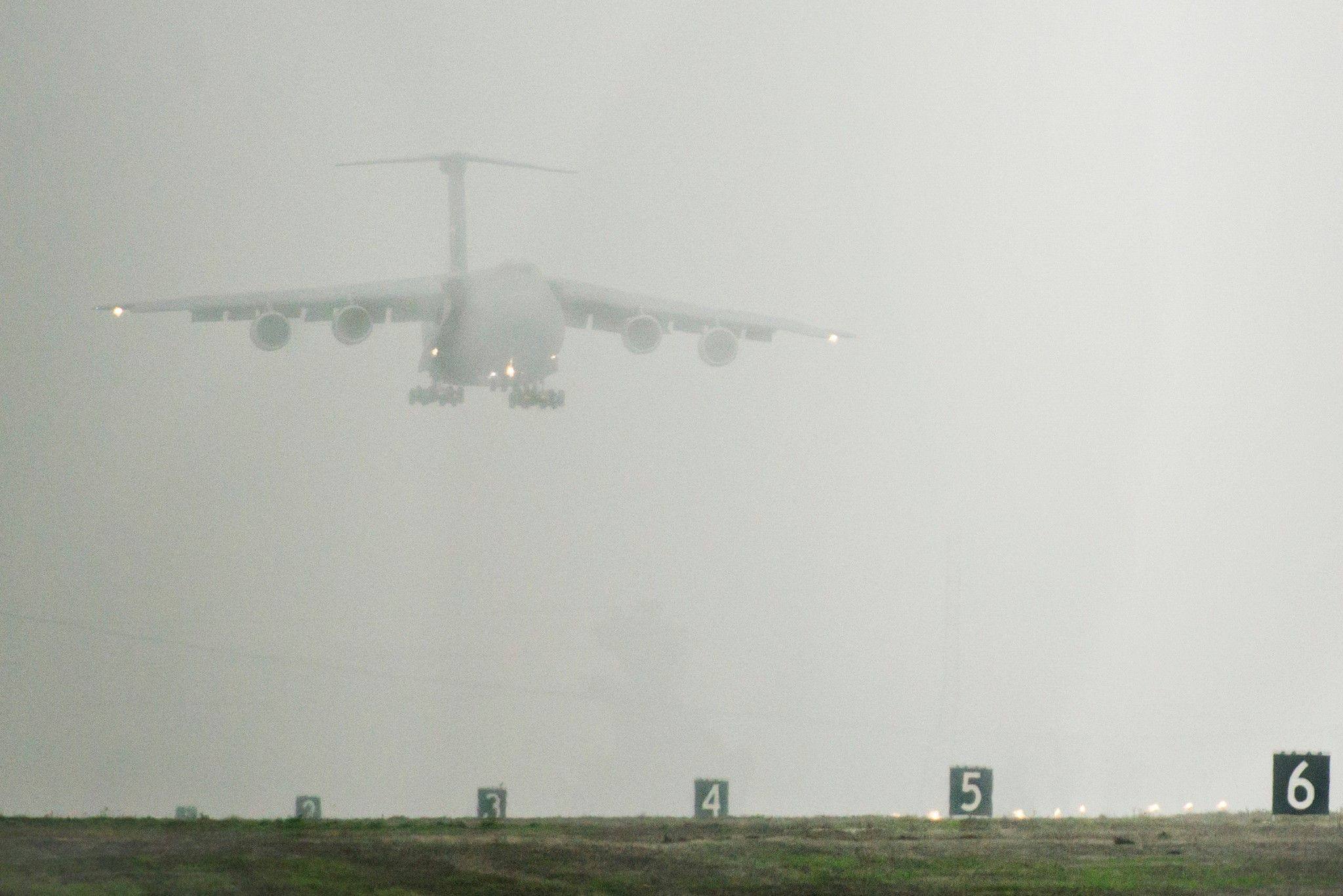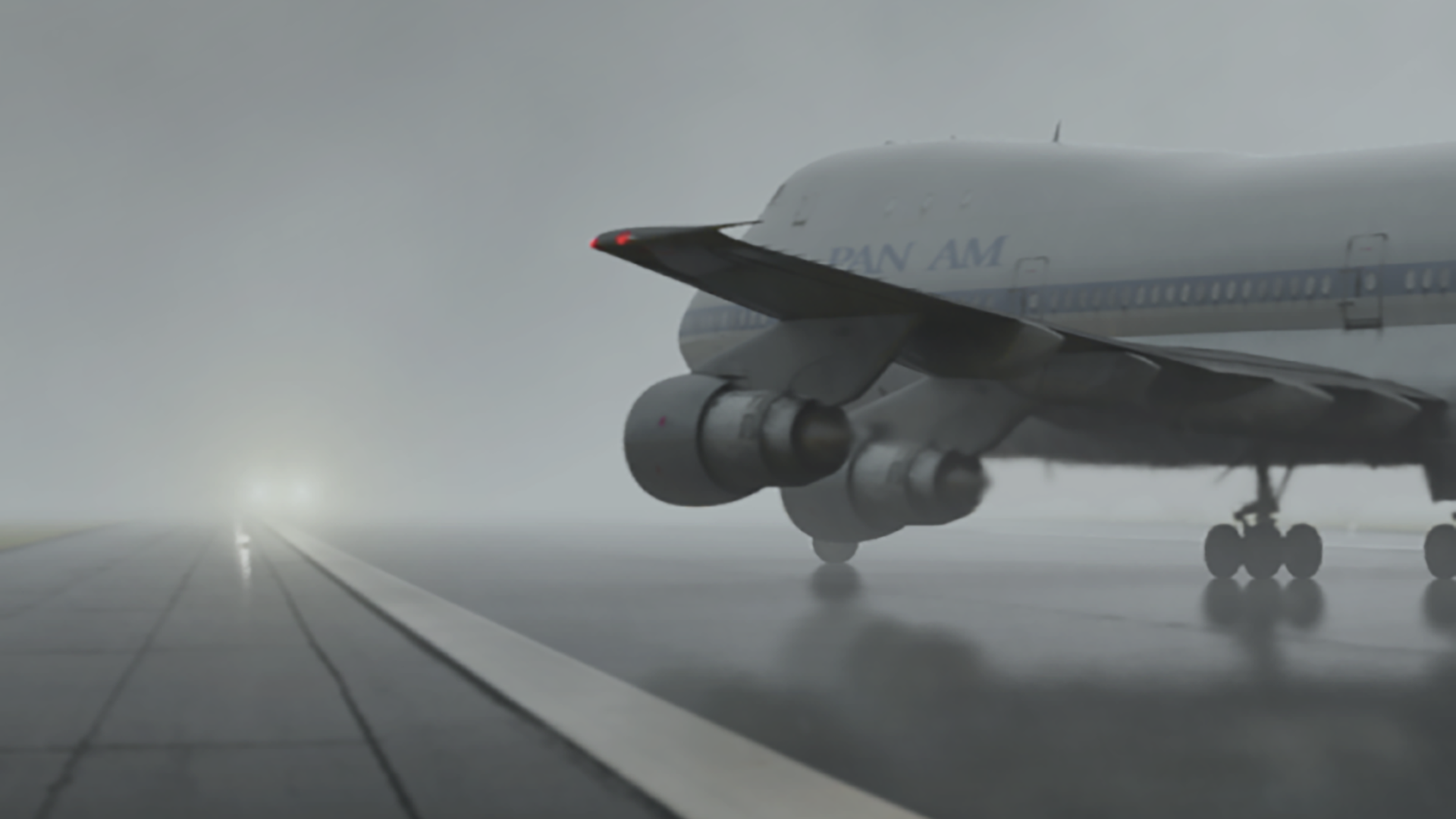Toronto Airport incident: a collision on the runway (December 17, 1960)
Author's blog Navitraicon
Introduction
In the history of aviation, each incident becomes not only a tragedy, but also a lesson. The lesson for which lives is paid, and which forever remains in the memory of those who are associated with the sky. Such events are especially acutely felt when they do not occur in the air, where we expect risk, but on Earth - where everything seems under control.
On December 17, 1960, one of the most tragic airlines in the history of Canadian civil aviation took place at Toronto Airport. Two passenger aircraft-the Douglas DC-8 of the United Airlines and Lockheed L-1049 Super Constellation Airlines TWA-collided directly on the runway. The conditions of poor visibility, the human factor and the imperfection of navigation systems led to a clash, which had taken the life of eleven people.
Today, more than half a century later, a blog Navitraicon He returns to the events of that fateful day in order to recall the details of the tragedy, to understand what was the reason, and pay tribute to those who tried to save life in conditions where every moment decided fate.
The main part
Morning in the fog
The winter morning on December 17, 1960 turned out to be especially vague. Toronto Airport, then not yet named Leicester B. Parson, worked in conditions of limited visibility. A dense fog wrapped the take-off and landing stripes, and the airport employees acted in high readiness.
On one side of the strip stood Douglas DC-8 , the latest jet aircraft of the United Airlines, preparing for take -off. On the other - Lockheed L-1049 Super Constellation , a classic piston liner that operates the flight of TWA. In conditions of good visibility, such traffic would be ordinary, but that day everything went differently.
About 9 a.m. found themselves on the same strip at the same time . The reasons are in limited visibility, insufficient coordination between crews and dispatchers, and, as it later turned out, in the absence of control systems, which in the future will become mandatory.
The moment of the collision
When the DC-8 began acceleration, the L-1049 crew has already begun to move across the runway, believing that its intersection is safe. In conditions of strong fog, the crews simply did not see each other until the very last moment.
After a few seconds, at a speed of more than 100 knots, the DC-8 nose crashed into the central part of Lockheed. The blow was crushing. The reactive liner practically cut its predecessor, the fragments scattered in the strip, fuel caught fire.
The fiery flash was covered by the Constellation fuselage. The fire swept the wing and tail, and the fire began to spread throughout the hull. There were passengers and crew on board, many of which were seriously injured in the first seconds of the clash.
Service reaction and evacuation
Despite the limited visibility, the airport’s rescue services reacted quickly. However, the movement in the strip was complicated by the same fog, and burning fragments created an additional threat.
Miraculously, despite the scale of the blow and the subsequent fire, most people on board managed to survive . Nevertheless, 11 people - passengers and crew members - died from injuries and burns. The evacuation was under the conditions of panic, smoke, destroyed compartments and breakthroughs in the housing.

Many of the survivors were saved thanks to the actions of the crew, which, in conditions of complete disorientation, managed to organize the movement towards emergency exits. The dispatchers coordinated the arrival of medical services, and several passengers were taken to hospitals with heavy burns.
Reasons and conclusions
The investigation lasted several months. According to its results, it was found that the disaster became the result Combinations of several factors:
- Limited visibility due to fog who deprived the crews of visual contact with each other;
- Insufficient coordination between the tower and the crews, leading to the simultaneous use of the strip;
- Lack of modern collision warning systems and digital indicators of location on the steering tracks.
At that time, none of the aircraft was equipped with a traffic control system on the ground. The dispatch tower also did not have modern display screens to track all the movements in real time.
Consequences and changes in aviation
After the 1960 tragedy, a wave of discussions began among Canadian and international aviation structures. This incident has become turning point in the matters of navigation and safety on Earth .
At Toronto Airport, new steering coordination protocols were introduced. The requirements for the visual and sound connection between pilots and dispatchers have increased. Work began on the development of systems for visualizing the position of aircraft in real time, which subsequently resulted in modern technologies, such as ASDE-X and ground-based radars of movement.
In addition, the preparation of crews for actions in conditions of poor visibility is strengthened, especially in the process of steering and waiting for permission to take off. Additional checks and control procedures before crossing the active strip became mandatory.
Conclusion
The tragedy on December 17, 1960 at the Toronto Airport is a story that passengers rarely recall, but which pilots, dispatchers and aviation security specialists remember well.
This disaster reminded the whole world that The danger in aviation is in wait not only in the sky, but also on earth Where every mistake, every misunderstanding can cost human lives.
Thanks to her, changes were adopted, which over time saved many lives. And let the airports are equipped with the most modern security systems, the memory of those who died in a fog on a runway in 1960 should live as a reminder: aviation requires attention, coherence and constant improvement.
Blog Navitraicon It continues to talk about those incidents that have become turning in history to help understand: there are real fate behind each lesson, and security is always a matter of the present, but the present.
